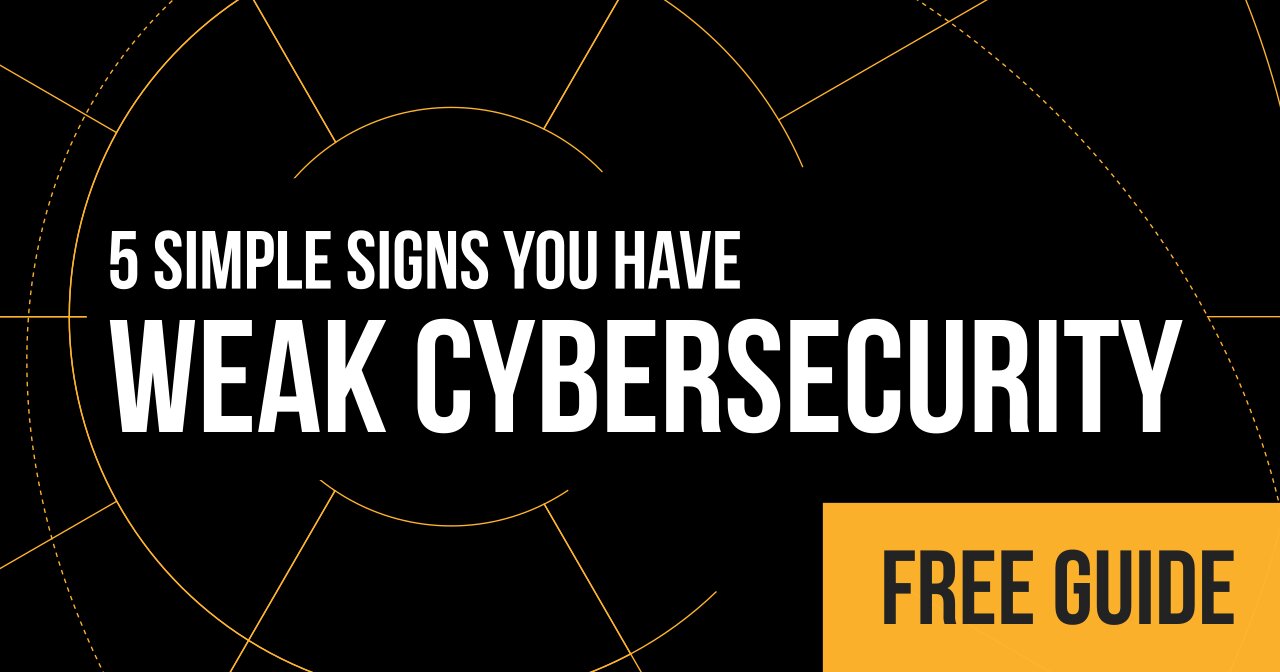
You did the thing every business does: You launched an IT project. Maybe it was a migration. Maybe a new app rollout. Maybe you just “upgraded some systems.” Great. You made the investment. You expected ROI.
But here’s the question no one’s asking you:
What did it break?
Because every time you change your environment—every time—you’re creating blind spots. You’re shifting configurations. You’re exposing systems that used to be protected. You’re inviting risk into places it didn’t exist before.
And no one’s checking.
Mistake #1: You Didn’t Scope It Properly.
You thought you had a plan. Maybe there were some requirements. A few milestones. But let’s be honest—how many hours did this really take? How many people did it pull in? How much did the project mutate halfway through because, well, “that’s just how it goes”?
You spent more than you expected. Took longer than you wanted. Got less than you were promised. And that’s just the start.
Mistake #2: You Didn’t Map the Danger.
IT projects aren’t just about building things. They’re about breaking things—often things you can’t see.
No one stops to ask: What else is affected? What other systems are connected to this? What new vulnerabilities just came online when you connected that “simple” CRM to your email and file storage?
And that, my friend, is where hackers live.
Like mushrooms after rain, they grow in the aftermath of change.
Not when everything’s stable—but when everything’s shifting.
That’s their window. And you just cracked it wide open.
Mistake #3: You Didn’t Test the Fallout.
User Acceptance Testing. Sounds like a formality.
But here’s the truth: without testing your environment after a change, you don’t know what you just did.
You might think your network’s secure—but you haven’t verified it.
You don’t know if the firewall rules are still holding. You don’t know if that new integration left an old port exposed. You don’t know if the accounts you just created have multi-factor turned on or left wide open. You don’t know.
And in cybersecurity, not knowing is negligence.
Now let’s talk about what happens next.
You get a breach. The hacker gets in. That’s the first piece of evidence.
Then the attorneys come knocking. They file the lawsuit. They don’t need to prove you were negligent. They only need to prove there was a breach—that’s the part that’s easy.
You were managing the network.
Now it’s on you to prove you weren’t negligent.
Do you have the documentation? Do you have the audit trail? Do you have the proof that the controls were in place—and still working—after that big, expensive project?
Or are you going to go into court shrugging, saying, “I thought we were good”?
Because here’s the real kicker:
The vendor who did the project can’t see their own mistakes.
They can’t proofread their own security.
They built it. They’re blind to the cracks.
You need a third-party Level 1 Pen Test.
We’ll simulate an attacker. See what they’d get to. We’ll look under the hood—without setting the engine on fire. You get clarity. You get evidence. You get peace of mind before your name hits a headline.
This isn’t about scaring you. It’s about preparing you.
If you’ve done any major IT project in the last 12 months, the risk is already in the room. This is your chance to find it—before the attorneys do.
Book your Level 1 Pen Test now.
This is how smart leaders stay off the front page.



